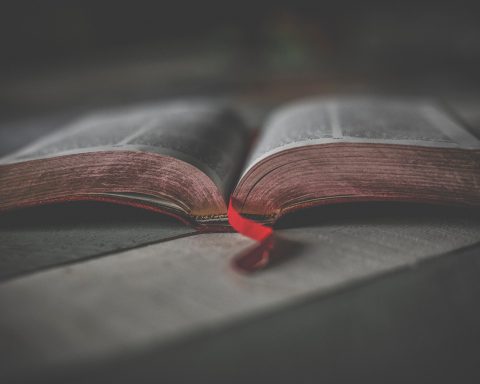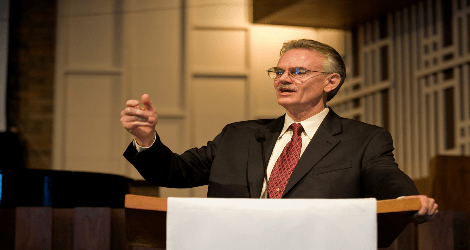January 11, 2012 – A Day for Prayer and Action
![human-trafficking[1] photo of trafficked boys](https://justiceunbound.org/wp-content/uploads/2012/01/human-trafficking1.jpg) Over 12.3 million people are estimated to work in conditions of forced labor world-wide according to the International Labour Organisation. On January 11th, consider marking human trafficking day with prayer and action.
Over 12.3 million people are estimated to work in conditions of forced labor world-wide according to the International Labour Organisation. On January 11th, consider marking human trafficking day with prayer and action.
Use these liturgical resources suitable for Sunday worship.
Learn more about the products of child and slave labor through Anti-Slavery International’s interactive website.
Estimate your “slavery footprint”.
Check out the helpful packet of resources and articles called “Human Trafficking and the Intersection with Domestic Violence,” produced by the Presbyterians Against Domestic Violence Network. Look in particular for the essay, “The New Face of Slavery,” by Noelle Damico, pp. 11-15, which concludes with a concise list of resources and ways to get involved.
More resources can be found on the Presbyterian Church (U.S.A.) human trafficking website.
Did you know that the Super Bowl and other large sporting events are prime targets for trafficking and the moving of trafficked children and adults? Act now with the United Church of Christ in calling for a “law enforcement game plan” for the Super Bowl in Indianapolis, IN, on February 6, 2012.
Check out these organizations identified by the PC(U.S.A.)’s Human Trafficking Roundtable as partners in the mission to end trafficking:
- Global Alliance Against Traffic in Women
- Freedom Network USA: Register for their 10th annual conference, “Beyond Rhetoric: Human Trafficking—Work from the Field“
- Coalition of Immokalee Workers’ Anti Slavery Campaign
The organizations listed below are part of UN GIFT (Global Initiative to Fight Trafficking), identified in a fairly recent World Bank report. They provide a more global scope.
- International Labour Organization: ILO focuses on forced labor, child labor and migrant workers of human trafficking.
- International Organization for Migration: IOM works on preventing human trafficking, protecting the victims through targeted assistance, and empowering governments and other agencies to combat the crime more effectively.
- Office of the High Commissioner for Human Rights: OHCHR’s trafficking program integrates human rights into anti-trafficking initiatives at the legal, political and program levels.
- Organization for Security and Cooperation in Europe: OSCE works closely with its 56 participating States to ensure coordination among member States and to emphasize the importance of combating all forms of trafficking in human beings – in countries of origin, transit and destination – at the highest political levels.
- UNICEF: UNICEF works with many partners in all areas – from the grassroots to the highest political levels – to create a protective environment for children from human trafficking and other forms of exploitation.
- United Nations Office on Drugs and Crime: UNODC provides the legal and conceptual framework and focuses on the criminal justice system response to human trafficking, but includes provisions on victim protection and preventive measures.
Looking for an easy way to get involved? Here are two organizations with engaging, multimedia websites:
- Love146: End child sex slavery and exploitation: Become a partner today!
- Not for Sale: The Movement to Re-Abolish Slavery: Plan your own Freedom Sunday for your congregation on February 26, 2012, the first Sunday of Lent
If you suspect an incident of human trafficking, call the National Human Trafficking Hotline at (888) 373-7888. Learn about signs that a person has been trafficked. Be vigilant!
This just in: students gather to end modern slavery. Watch the video now:






Unbound Social